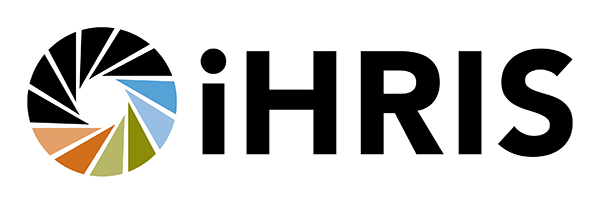iHRIS Plan Pilot in Namibia
As many low-resource countries make strides in adoption of computerized human resource information systems (HRIS), their demands on the data increase. With greater detail available on the existing health workforce, clients now wish to use historical data to project their workforce needs into the next year, five years, twenty years and beyond. Successful workforce projections can inform potential geographic or cadre areas of risk and training interventions, as well as assist the incoming workforce with understanding areas of growing demand.
In addition to the historical workforce data, workforce projections require other inputs and assumptions, and projection models vary in complexity. In December 2007 IntraHealth International with Capacity Project funding conducted a workshop in coordination with the World Bank and WHO to bring together global leaders in HRH workforce projection models. This group reviewed the leading models for ease of use and selected a feature-rich base model as a starting point for inclusion in workforce projection software.
Using this model, the IntraHealth development team created a third software program to complement and complete the iHRIS suite of open source applications. The iHRIS software suite is already deployed and working well in several countries. By leveraging a familiar interface, available data and free, open source technologies, the team was able to quickly develop a software application to meet the basic needs of central-level HRH planners.
iHRIS Plan was developed with extensive input from the Namibian MoHSW. Following both in-country visits and online communications, we documented their existing workforce-planning procedures. The areas of greatest pain were identified as the accuracy of source workforce data and level of effort in collecting data from multiple sources.
In September 2008 a team of one developer and one HRIS advisor visited the MoHSW to install a new server and iHRIS Plan version 1.0. Working closely with the HRIS system administrator, the developer configured the new server, installed the software and conducted desk-side training. Several customizations were made on-site with assistance from the local system administrator to promote on-going system sustainability. Examples of these customizations included setting up user accounts, modifying the home page to include MoHSW graphics and text and updating data fields to reflect local terminology.
On the same trip the HRIS advisor and developer met with key stakeholders to review the iHRIS Plan functionality and workforce projection model. Although some primary stakeholders were absent, the group provided significant feedback on the workforce projection model and software. While stakeholders felt the software was easy to navigate and produced understandable charts very quickly, they wanted additional variables included in the projection model and greater ease in importing available data sources.
Several key lessons were learned in this pilot project. First, the project would have benefited from guidance of the existing HRIS stakeholder leadership team. In order to move quickly, we focused on key stakeholders to obtain needs and feedback, and when these same stakeholders were not available for the final installation and demonstration, much time was spent repeating this process in the brief time available. Second, due to funding and visa constraints the Namibia stakeholders were not present at the December 2007 workforce-planning workshop in Washington, D.C. Because of this absence, they did not benefit fully from the global leaders and their experience with workforce projection models. Again, a great deal of time was spent in the final installation and feedback session summarizing key points from this panel of experts.
In spite of these challenges, the stakeholders provided valuable feedback to guide further development of the project. For example, the group suggested that Regional and District offices could benefit from this software and a Windows version should be made available for them as quickly as possible. In addition, they suggested projections should be grouped by user-defined categories. Lastly, the stakeholders recommended including costing fields to more easily assess the costs of various interventions. All of these suggestions were quickly adopted and implemented in iHRIS Plan 1.1, available for demonstration and download from the HRIS Strengthening website (www.capacityproject.org/hris/suite/ihris_plan.php).
While the pilot is now complete, a few follow-up activities are expected in the final year of the Capacity Project:
• Namibia MoHSW plans to re-evaluate the software following the next release and their regional rollout of the HRIMS software. The pilot project implementation team recommends a full needs assessment prior to further evaluation of software.
• The development team plans another release of iHRIS Plan in 2009. For a full list of features slated for inclusion, as well as features requested but not yet slated for a specific version, see: /ihris-suite/planning-tools/ihris-plan-2/.
